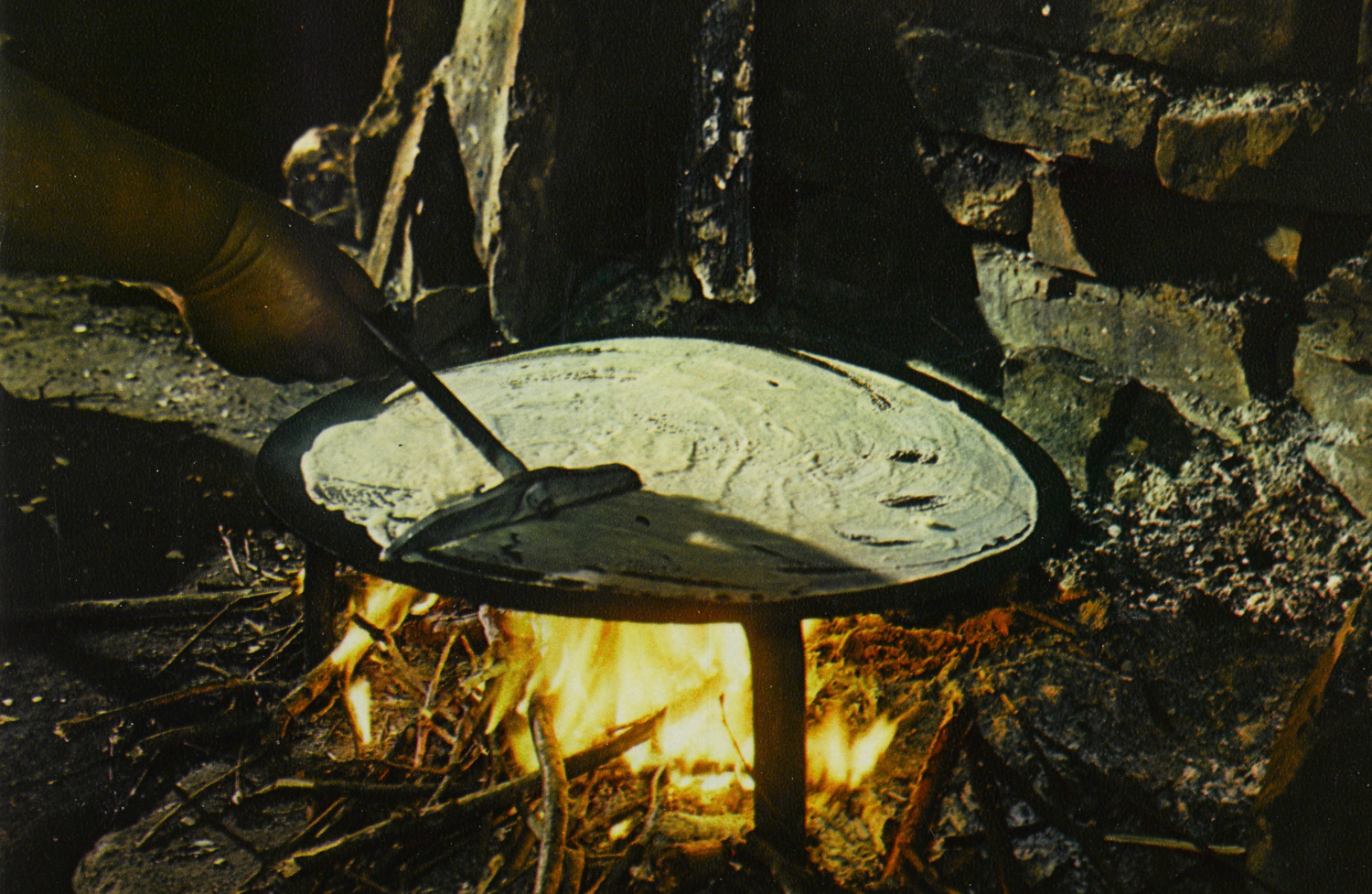Buckwheat has a bad reputation as it is considered as subsistence food, in other words, food for the poor. This depiction is undoubtedly due, at least in part, to the idea that greater virtue is associated with the colour white and thus with wheat, hence negatively interpreting the colour black and, therefore, buckwheat. Nonetheless, archive records indicate that the plant remained affordable even in times of food shortages. For example, in Louvigné-de-Bais, to the east of Rennes, its price was 60% lower than rye during the “great dearth” of 1562-1563. The analysis of 14 Breton markets at the end of the 18th century also indicates that prices were about a third lower.
Crêpes and galettes (buckwheat crêpes) are only one of the ways of eating buckwheat: the Normans are indeed fond of porridge, a recipe that seems to not be as popular amongst the Bretons. Unsurprisingly, in the Armorican peninsula, as is the case elsewhere, buckwheat porridges are not considered within the bounds of refined gastronomy. Indeed, eating is a cultural practice that cannot be separated from social class.
Bread is a perfect illustration of this doctrine. It is the embodiment of the body of Christ and must therefore be white, the colour of purity, of the divine. As such, it becomes easier to understand the many issues surrounding the plant: cutting flour with buckwheat flour is undoubtedly a way of saving money, but it is also a fatal deviation from the considered “good taste” norm. Thus, the hype surrounding buckwheat baguettes nowadays may be understood as transgressing the gastronomic tradition. But is this hype a true discovery or, on the contrary, evidence of a disregard for religious food traditions?


